One of my favorite parts of traveling is finding those unexpected little gems.
The musty little book shop in Chicago, the tiny tea shop tucked in a London alley, the best nasi goreng I’ve ever had from an unassuming cafe at home in Seattle.
Those surprising discoveries are somehow particularly satisfying.
I notice the same satisfying feeling when I test a new strategy that works.
Like that time I spent over $160K on clothing and more than tripled my money.
Sometimes when you have been in an industry as long as I have, you start to think you have heard it all.
You might think “surprising” SEO tips aren’t likely to surprise you.
And whether you have been in SEO for 10 years or 10 months, there is a good chance you are set in your ways.
Once you find something that works, you want to stick with it.
The problem is that SEO is constantly changing and if you aren’t changing with it, you will get left behind.
That is where the inspiration for this article comes from.
So, if you are ready to learn (and maybe even be a little surprised!), let’s dive in.
Here are 5 SEO tips to help you earn higher search engine rankings and enjoy all the benefits that come along with those better rankings.
Don’t write for search engines.
I know, I know. This is an article about SEO tips and then my first tip is about ignoring search engines.
But hear me out.
I have been saying this for years: write for users, not for search engines.
The old version of SEO was to create highly optimized content that (in some cases) was all but useless to the actual users.
For some reason, I am seeing more and more marketers go back to those old methods.
Which is a mistake.
Here is the thing: writing for search engines might get you a few days of good rankings. Maybe. If you are lucky.
But writing for your readers is the only way to consistently earn high rankings.
Sounds good, right?
But what does it mean to write for your readers?
Here are a few steps to help you write content your readers will actually want to read.
Step 1: Answer a question your readers are asking.
What do your readers really want to know? How can you help them write better blog posts, or better organize their office, or prepare better meals for their family in less time, or whatever it is that your brand does?
Find out what your readers need or questions they are asking, and then fill that need.
Sounds simple, right?
It really is.
A great tool to find out what your readers are asking is Answer the Public.
Type in a phrase and the irritated-looking man above will give you a list of questions people are asking.
I typed in “how to write better blogs.” You can also choose what language to search in on the left.
Here are the results.
A total of 30 questions that people are asking about the topic I provided.
Alternatively, you could use in-depth keyword research to find out what information your users are looking for and need.
You could also utilize a survey to ask your readers about what they are seeking out.
The benefits of answering questions are two-fold.
First, you solve a problem for your readers. And second, you have a chance of ranking as a featured snippet or in the Google Knowledge Graph, like my article below.
Step 2: Hook your readers by using storytelling.
Storytelling can be powerful. I have used it to help brands both large and small to grow their traffic.
Here is the thing: readers don’t want to be sold to and they don’t want to buy from brands who are only looking out for themselves.
Readers want to build connections.
They want to feel an emotional bond with the people they do business with.
Notice I said people, not brands.
So, how do you leverage the power of storytelling in your content?
For starters, use a relaxed tone. Don’t use overly formal jargon or industry-speak unless you are in a highly technical field.
Tell a personal story about how your life was affected based on the information you are sharing.
Finally, be transparent! Share statistics and behind-the-scenes images whenever possible.
For example, take a look at this article where I shared screenshots of my Facebook account, my writer page on SEJ, and my Twitter account.
Including these types of images helps create a bond with your audience. It draws them in. It shows them that you are not just a brand. You are a real person.
Which brings me to my next point.
Step 3: Add more images to your content.
You’ve likely noticed I use a lot of images in my posts, including screenshots and graphs.
There is a reason for this!
Images help illustrate your points and make long-form content seem more approachable.
They also boost your traffic and help increase social shares.
Not sure how to add more images to your posts?
Here are a few ideas:
- Use free stock photos from sites like Unsplash or Pixabay.
- Create custom images by adding text or cropping stock photos.
- Utilize screenshots with notations using Skitch, which allows you to add boxes, arrows, and text.
Write less and show more
If a picture is worth a thousand words, how many words do you think a video is worth?
I would guess the number is somewhere close to 500 million, which is the number of people who watch videos on Facebook every single day, according to HubSpot.
Videos aren’t new, but they are more popular than ever before.
In fact, by the end of 2017, they are expected to account for nearly three-quarters of all traffic online.
If you are spending all your energy focusing on meta titles and link building, you are missing out on the majority of traffic on the internet.
The best part about using videos is that getting started in video marketing is exceedingly simple.
You don’t need $5,000 worth of equipment or a massive production budget.
Here are a few tips to kickstart your video content efforts.
Step 1: Create a video marketing plan and track it.
I know this seems obvious, but it is a simple step that many people skip over. Before you start dropping resources into video marketing, sit down and answer the following questions:
- What topics will I cover?
- Where will my videos be published (Facebook, YouTube, hosted on a current site)?
- What is my promotion plan? Social, email marketing, etc.
- What is the goal of my video marketing plan? Are you looking for clicks, actual sales, email sign ups, views, or something else?
- What does success look like and how will I track it?
Once you can answer the questions above, you can dig in and start creating videos.
Step 2: Grab your smartphone and start filming.
Think you need thousands of dollars for a production budget to create good videos?
You don’t.
I create dozens of videos every month, and most of them are just me talking to the camera.
But they are effective.
Here is another example.
Look at this video from Gary Vaynerchuk, published way back in 2009.
No expensive equipment. No flashy transitions.
Here is a more recent video, published in September of 2017. The quality is much better, but the video still feels very authentic.
You don’t need expensive equipment to create super shareable video content.
In most cases, all you need is a smartphone and a script to get started.
The trick is to leverage emotions such as inspiration, happiness, and even anger to create content people feel a connection to.
Step 3: Keep it short.
If you are like most people, the first thing you check when you go to watch a video is the length.
What happens when you see a counter go up to 10 or even 15 minutes?
Most people bail.
According to HubSpot, the perfect length for a Facebook video is just 1 minute.
And they found that YouTube videos get the most engagement at 2 minutes.
Keep in mind that in-depth videos can certainly go longer if it makes sense. This is just a rule of thumb.
And remember that most people are watching videos on a mobile device, which isn’t conducive to watching longer videos.
I have found that 2 minutes is perfect for most topics, which is why most of my videos are around the 2-minute mark.
Link to your competitors
It seems counterintuitive, doesn’t it?
“But Neil,” you say, “Why would I want to send my customers to my competitors?”
You don’t, of course.
But, if you provide real value, you won’t be sending your customers away.
You aren’t trying to lose money here. You are trying to give your customers what they need.
And if what they need is information that a competitor happens to have, you should link to it.
You will be providing them with a useful source of information and creating even more trust.
But, here is the real key to success with this strategy.
If you find your competitor has a highly valuable resource that you can’t compete with, you have found a hole in your content marketing strategy.
You need to fill that hole with what Brian Dean calls “skyscraper content.”
This is a three step process:
- Find really useful content (Which you have already done)
- Create even better content
- Reach out to industry experts with your better content
Sound too simple to work? I promise you it isn’t.
In fact, Ryan Robinson used this technique to drive over 70K page views.
Brian Dean used the same technique to increase his search traffic by 110% in just two weeks.
Here is the bottom line: Don’t be afraid to link to your competitors if it will provide your audience with something they truly need.
But also look at it as an opportunity to create an even better resource for your audience.
More isn’t better, especially when it comes to code and plugins
When was the last time you looked at all the plugins on your WordPress blog?
Or checked the design code for your e-commerce site?
It is overwhelming to look at for most of us.
That is because most websites are built slowly, over the years. A tweak to the design here, a new advertisement there.
It adds up over time.
And just like layers of dust can build up on an underused book shelf, extra code can build up on your site.
Developers call this “code bloat” and it can seriously slow your site down.
According to Techopedia, code bloat is caused by:
…excessively verbose code, use of object-oriented design principles where they’re not needed and using design patterns that are inappropriate to the problem being solved.
So, how do you fight code bloat? Here are a few ways to get started:
- Keep your design simple
- Reduce the number of steps for any given task
- Consider minifying your code
If you use WordPress, you should also look at old plugins.
For example, that social media tool you tried once four years ago. Or the free version of Yoast from before you upgraded to the paid version.
Don’t just deactivate those old plugins. Remove them entirely from your site.
In addition to slowing you down, those outdated plugins can provide hackers with an entrance into your site.
Page speed matters quite a bit. According to Skilled.co, it can reduce your sales, lower customer experience, and even cost you money.
So, how do you know if your site is running slow?
All you need is a few free tools to get started.
Google’s PageSpeed Insights should be your first stop. It is super easy to use. Just head to their site and type in your URL.
You will be given a score and a list of areas where you can improve your site speed on both mobile and on desktop.
Another option is Pingdom, which allows you to see how your site performs from multiple geographical locations.
There are a few things we are working on for NeilPatel.com in terms of site speed.
Code bloat isn’t something you can handle without the help of a developer, but cleaning up your WordPress plugins is pretty simple.
Start by heading to your WordPress dashboard, then click on Plugins>Installed Plugins in the left sidebar.
You will see a full list of plugins you have installed on your site, including those that are active and need updates.
Verify you don’t need any of the deactivated plugins, then use Bulk Actions to delete them all.
Go through each plugin one by one and ask, “Do we really need this?”
If the answer is no, then delete it.
Your site speed and your customers will thank you.
Use 404s to drive traffic
What happens when a user clicks on a link to content you have deleted? Or if he or she types in a URL incorrectly?
For most sites, as you likely know, they will get a 404 page error. It usually looks something like this:
For most users, 404 page errors are a huge pain point.
The content they were looking for is either gone or was never there from the start.
Now what?
You can use your 404 page as an opportunity to keep users on your site, and maybe even draw them in.
Here are a few sites that are leveraging their 404 pages.
Classy Career Girl uses their 404 page to entice users to download their free planner.
Harry’s uses their 404 page to highlight some of their more popular products.
Search Engine Journal first redirects you to a related post and then offers up their most recent post to keep you onsite.
In addition to reducing your user’s frustrations, you can also use the 404 page to offer value.
How do you create a custom 404 Error Page?
If you use WordPress, there are several plugins you can use.
All 404 Redirect to Homepage is a simple plugin that does exactly what the name says. Anytime users get a 404, they are redirected to your site’s homepage.
This does keep them on site, but can be frustrating if they don’t realize why they are being redirected.
Since the goal is to reduce customer frustration, that is no good.
Another option is 404page, an easy-to-use plugin that allows even non-developers to create a custom 404 error page on just about any theme.
Installing the plugin is simple.
Go to your WordPress dashboard, then click “Add New” under “Plugins” in the left sidebar.
Type in “404page” and click install.
If you don’t use WordPress, you may need to get your developer involved.
Here are a few tips to keep in mind when developing a custom 404 page:
- Aim to reduce customer frustration
- Offer more than one option
- Use humor only if it makes sense for your brand
- Keep it simple
Instead of allowing your audience to be frustrated by a 404 error, use it as an opportunity to showcase your brand’s personality and offer value.
Conclusion
The SEO world keeps on turning. Staying ahead of those changes requires testing new techniques.
Try a new platform, like video.
Test out a new strategy, like creating skyscraper content.
Or, take a long overdue look at your site’s backend and clean up old plugins and repetitive code.
Whatever you do, don’t get stuck repeating the same old SEO strategies over and over again.
Google is constantly updating. The way people are searching is constantly changing.
And so should your SEO strategy.
Have you tried a new to you SEO strategy recently? How did the results surprise you?


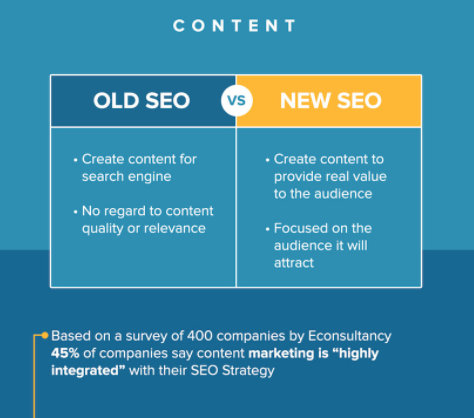


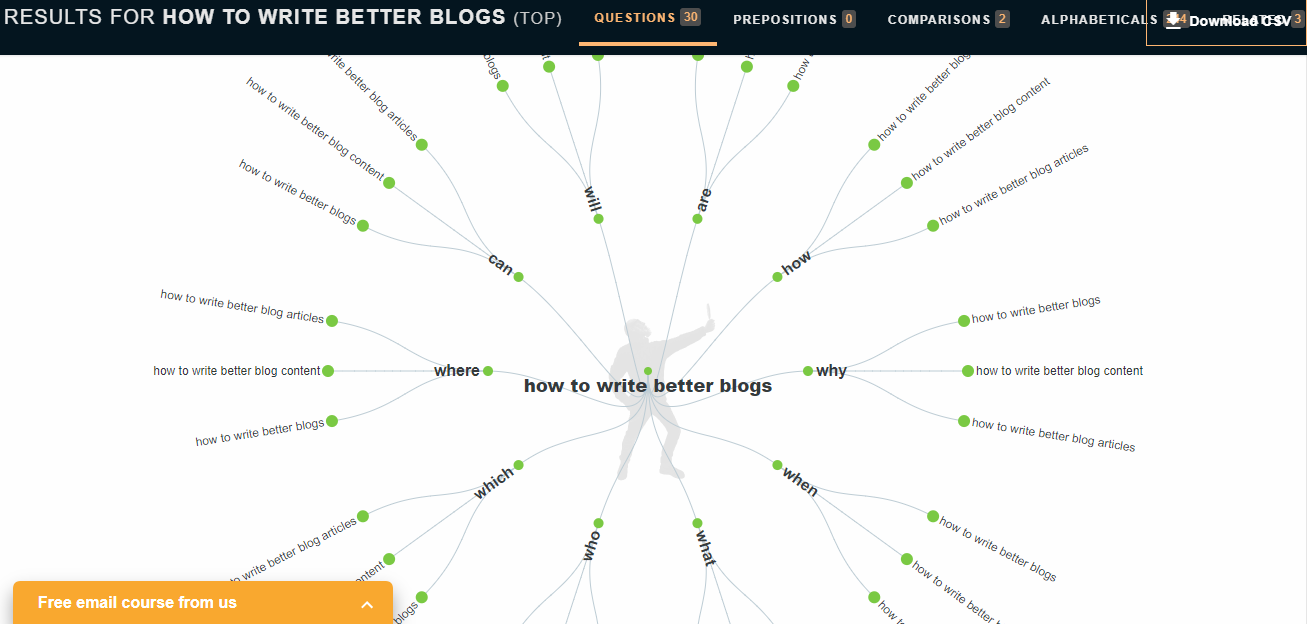
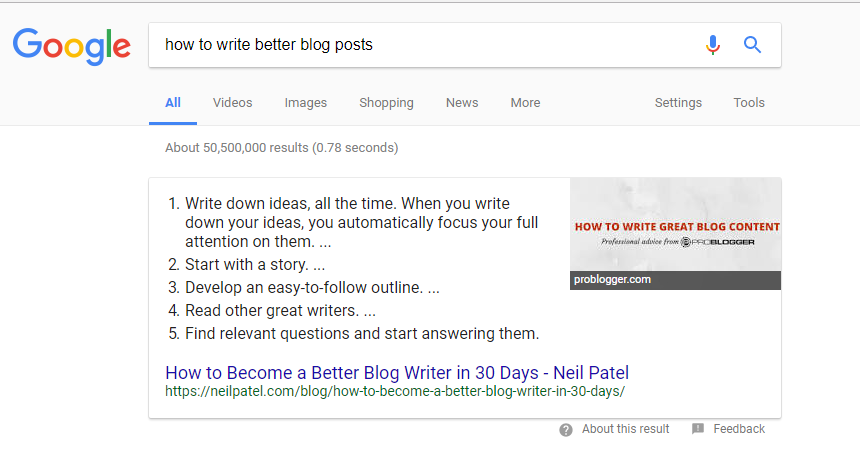
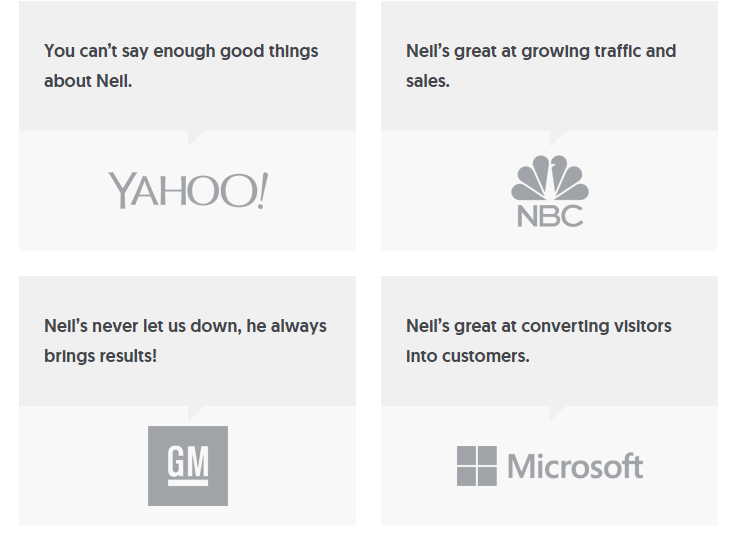
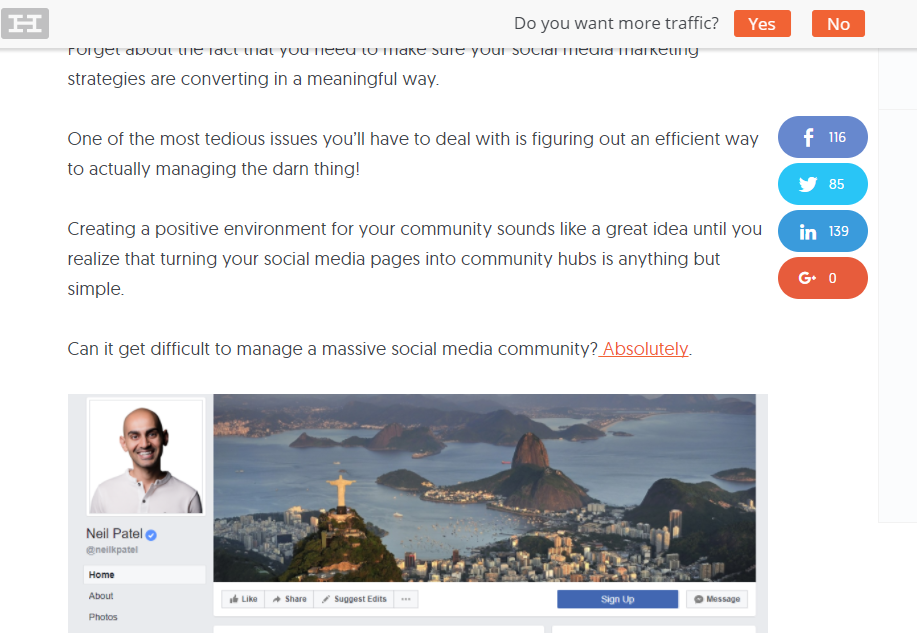
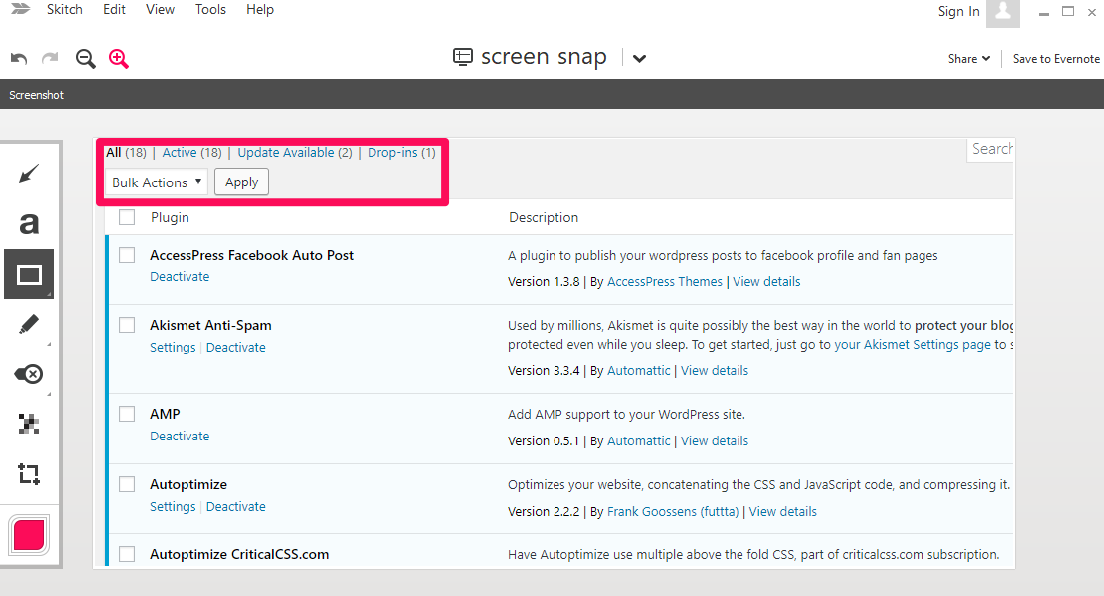
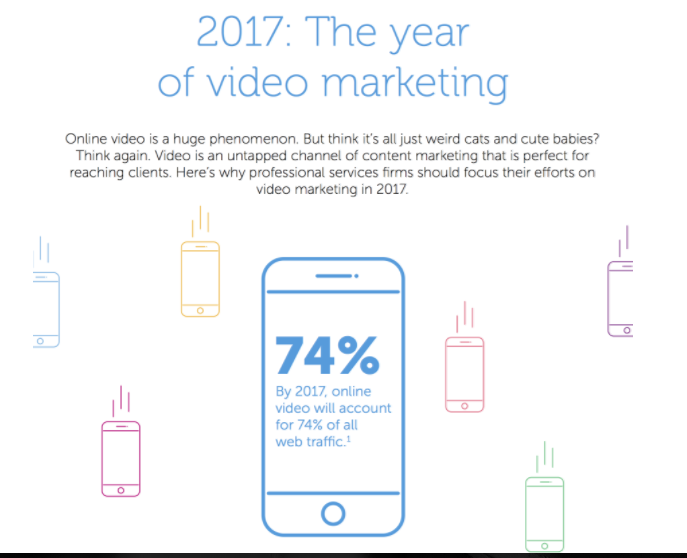
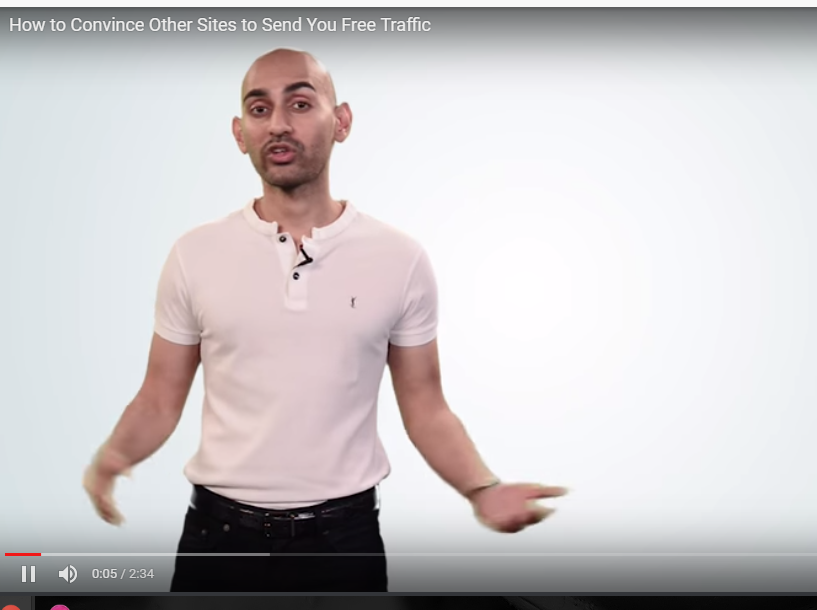


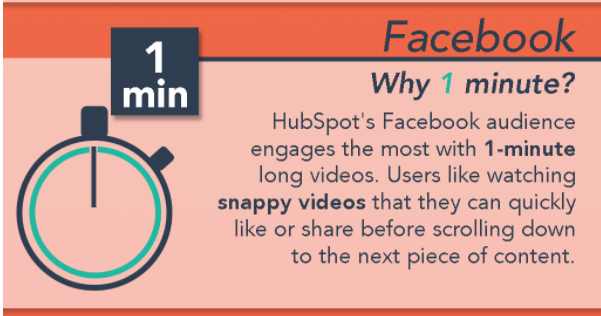
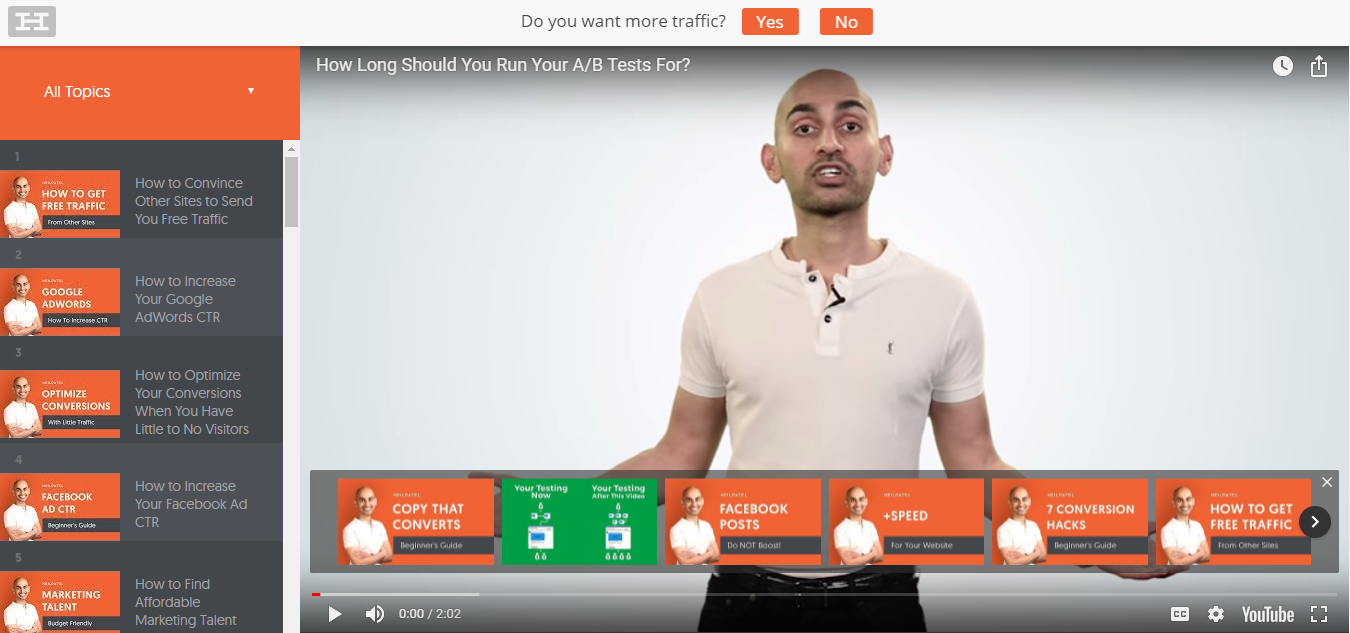
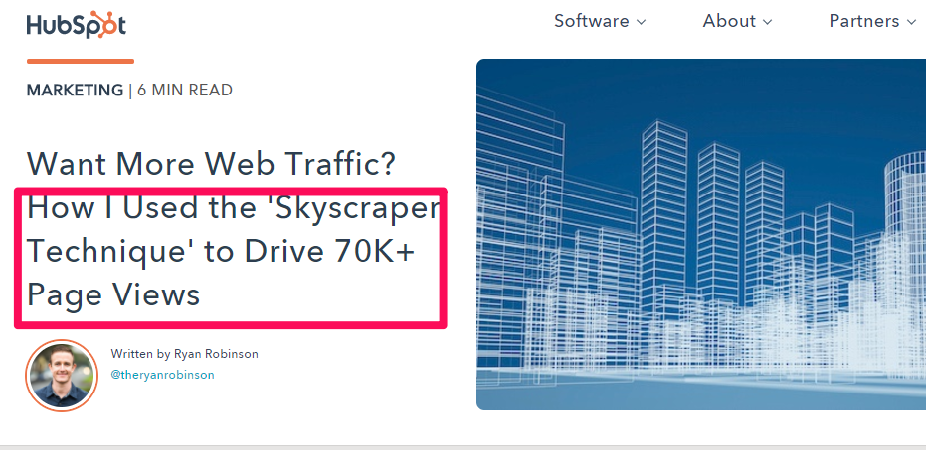
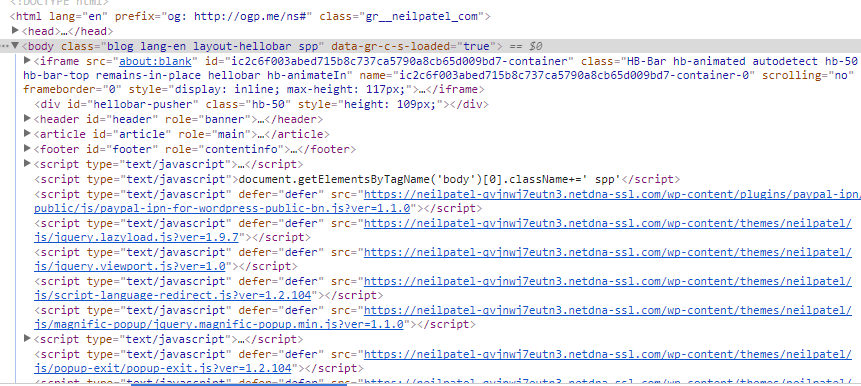
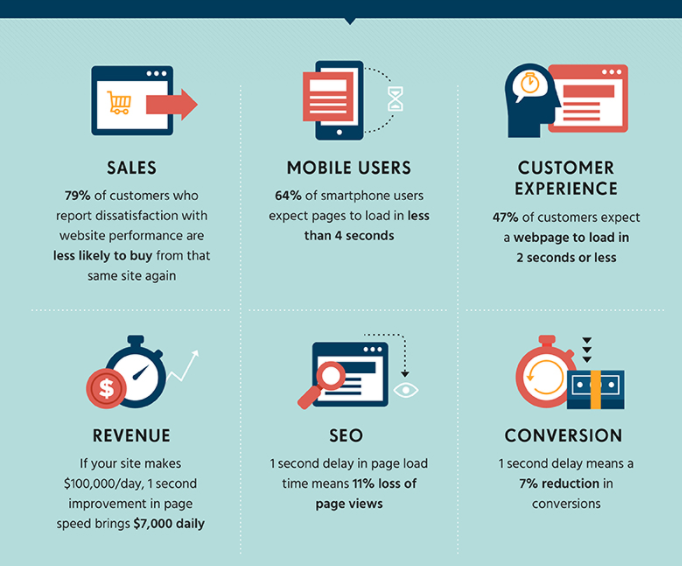
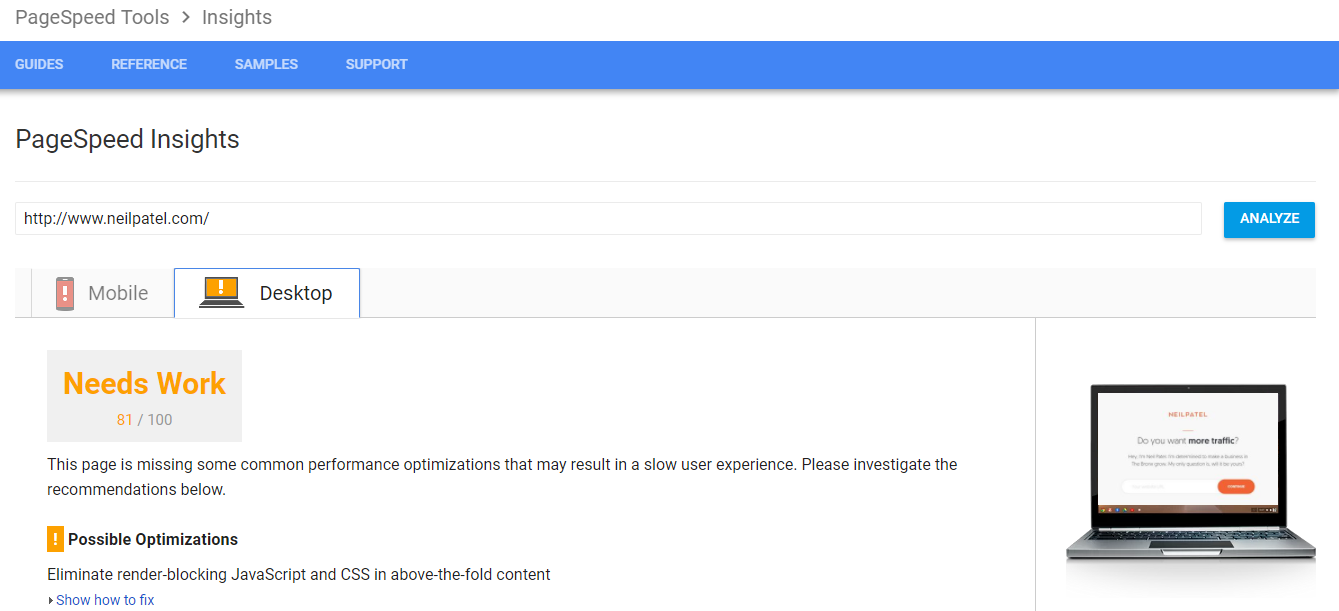
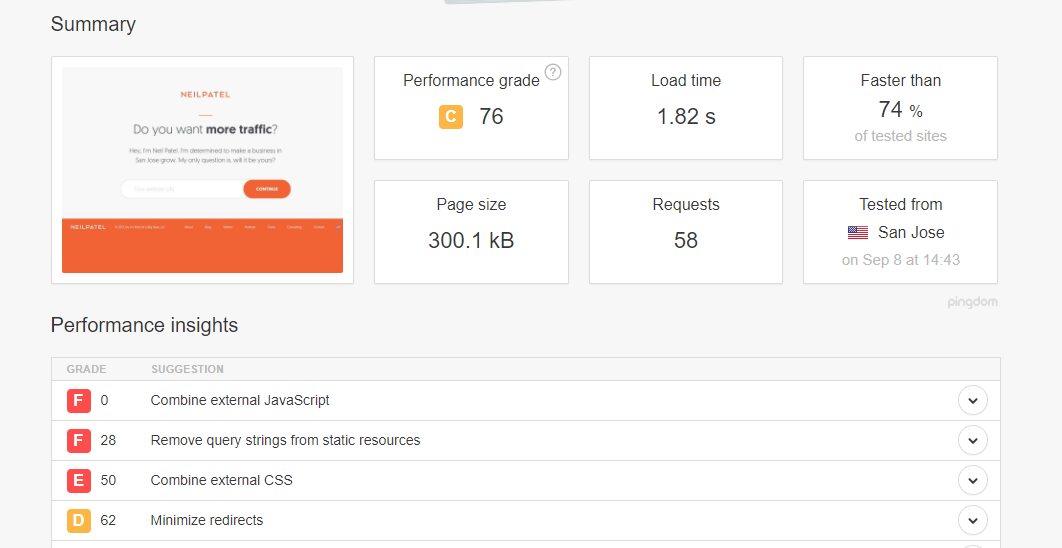
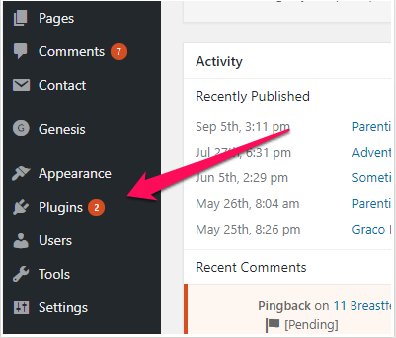
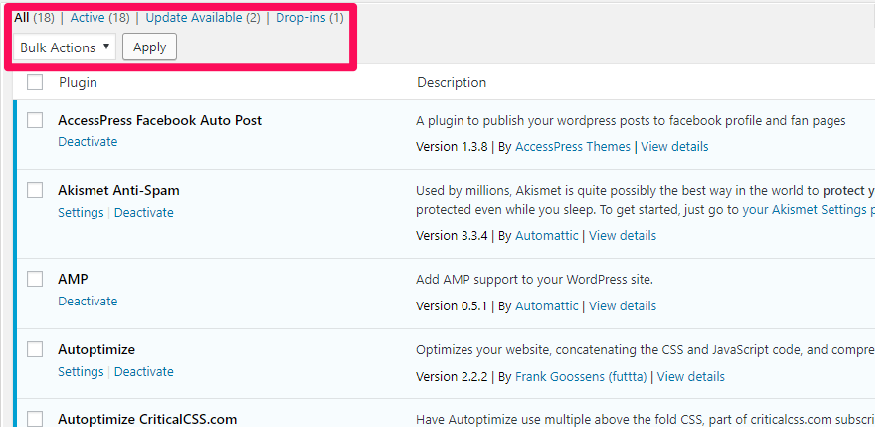
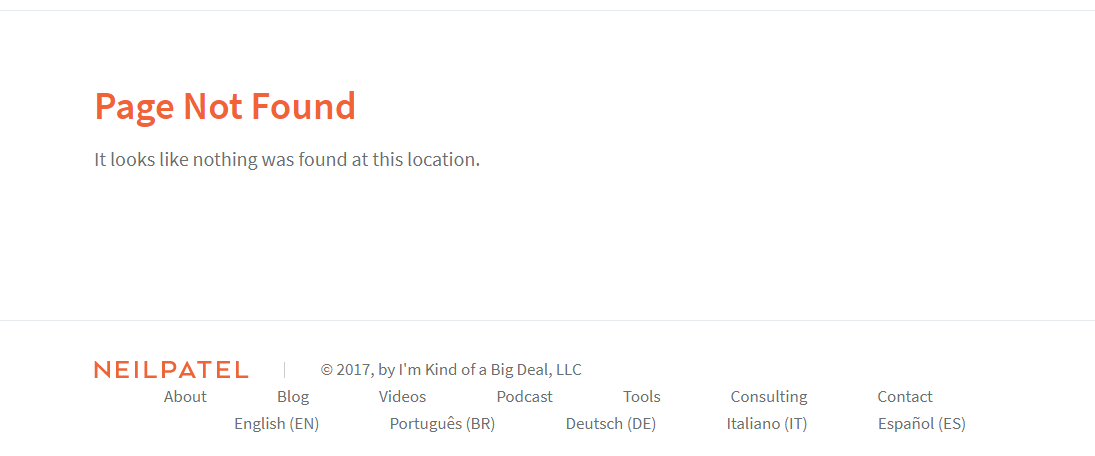
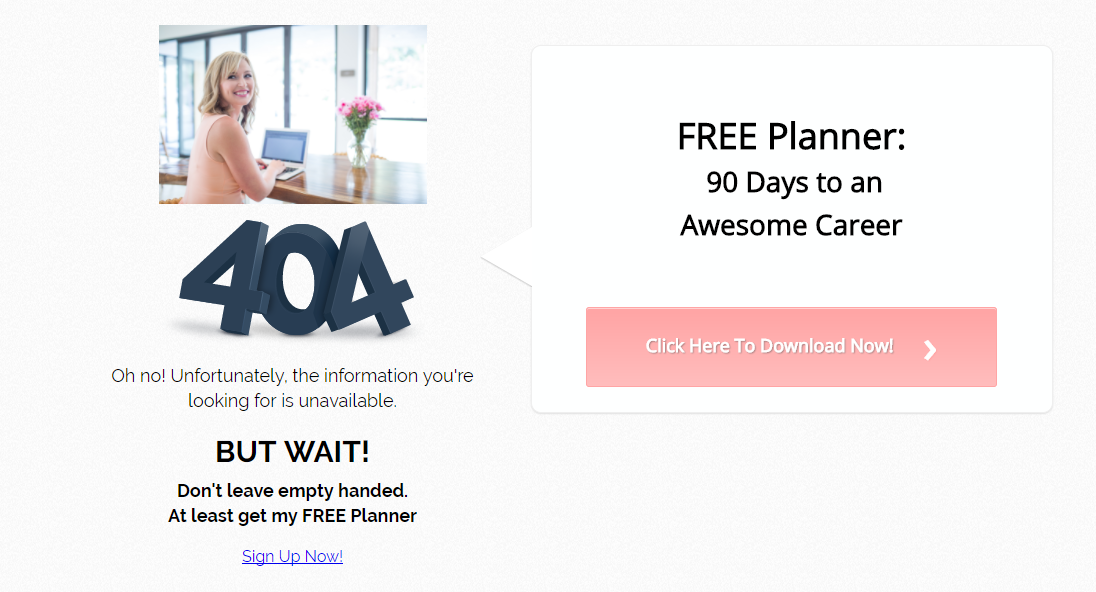
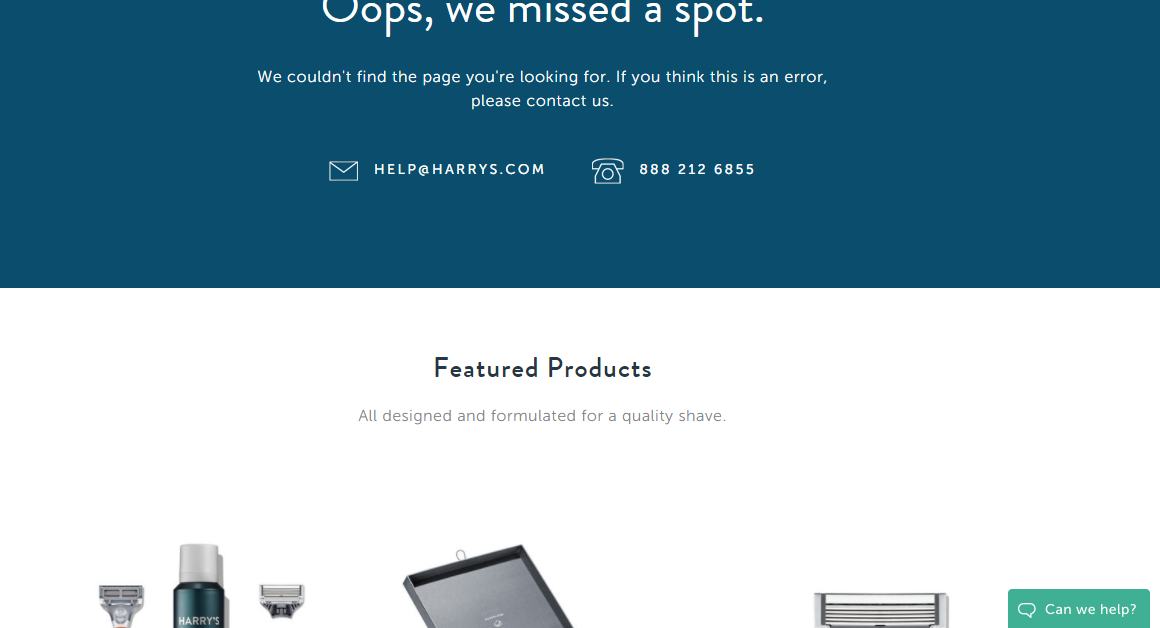

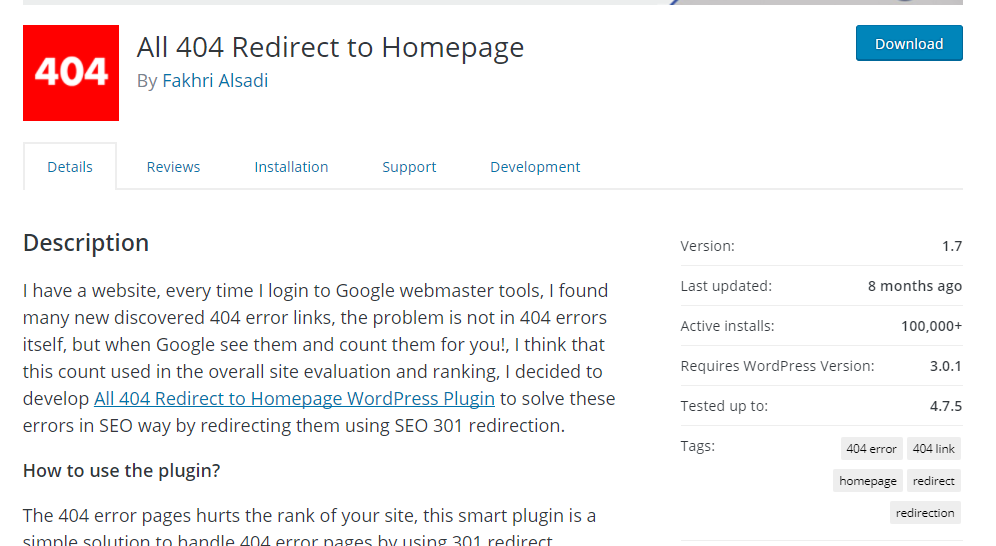
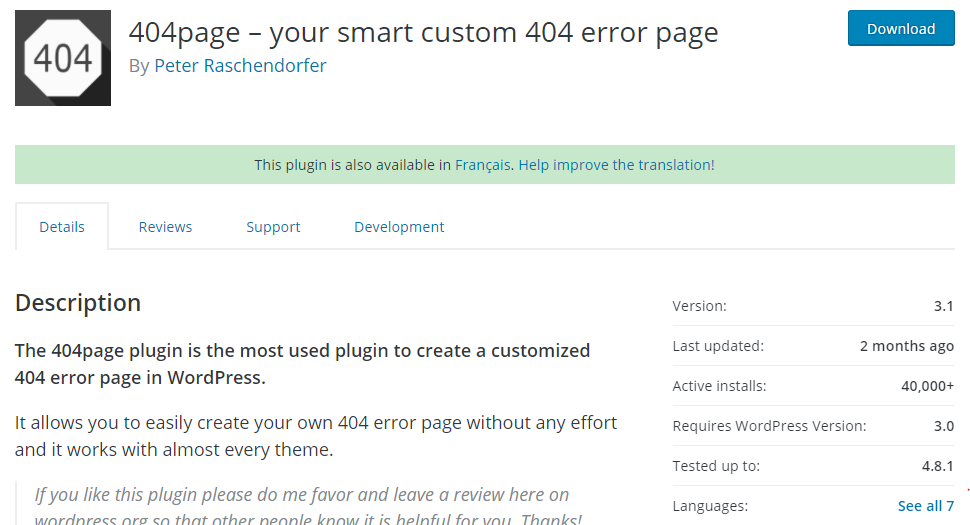

Comments (10)